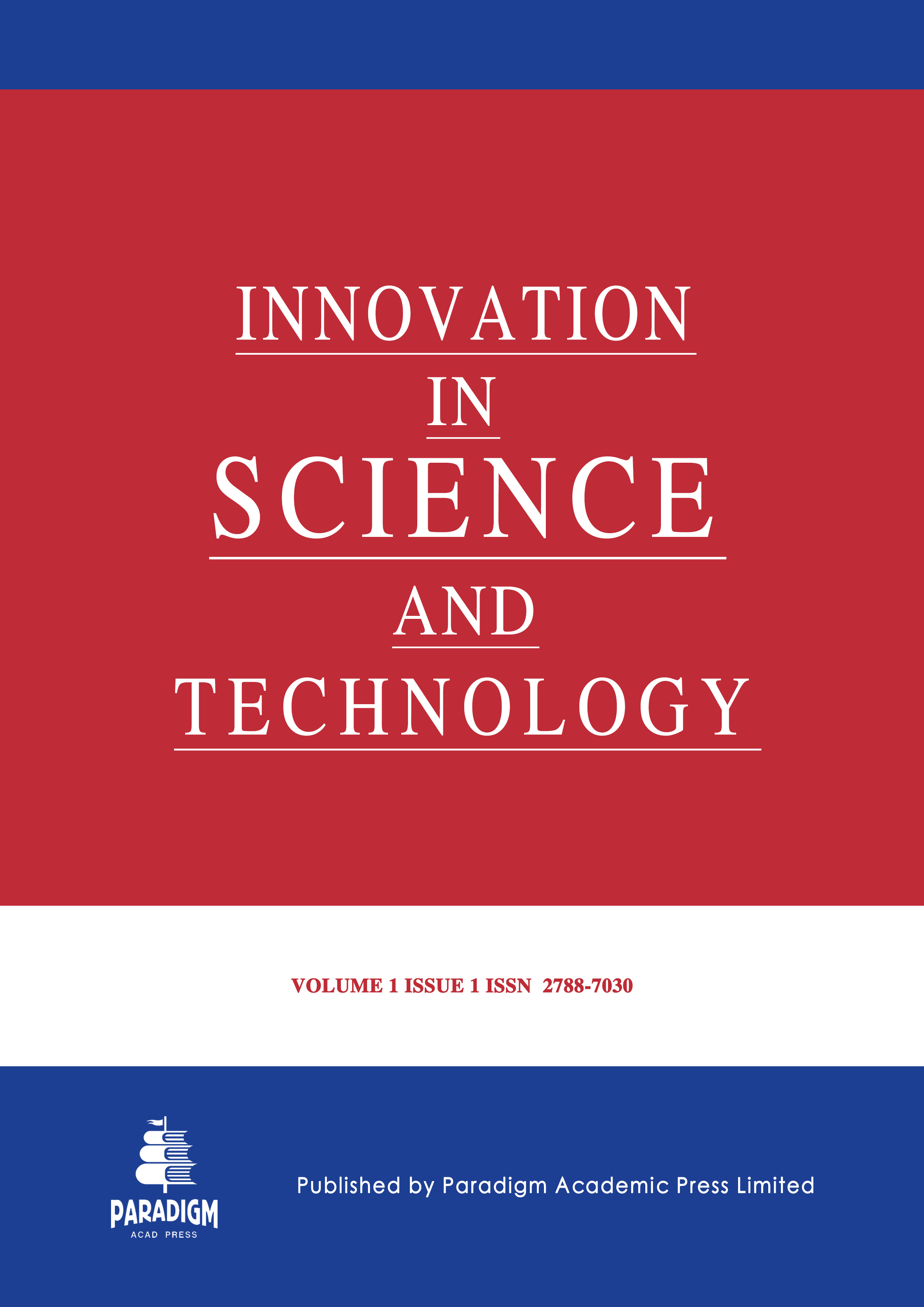Prime Numbers Among Fractional, Integer and Natural Numbers
Keywords:
number series, fractional primes, integer primes, primes, increments, blocks, groups, wavelet analysis of the increment groupAbstract
Series of primes are considered in three levels of sets of numbers
(N)(Z)(Q),
where – series of prime numbers in the set of natural numbers (PN), – a series of integer primes in the set of integers (WPN), – a series of rational primes in the set of rational (fractional) numbers (FPN). In series and the abscissa is taken as a complete series of integers , and for a series of prime numbers the positive right side of the x-axis is taken as a series of natural numbers . It is proved that the FPN set contains four types in the quadrants of the Cartesian coordinate system, the WPN set includes two mirror-opposite lines (the left one in quadrants II and IV and the right one in quadrants I and III). Subtraction from the next term WPN and PN of the previous component of the series gives new series of increments. Converting from decimal to binary gives for the series WPN and PN, as well as their increments, the rational root 1/2 of the Riemann zeta function on the second vertical of the binary expansion. Such a transformation makes it possible to obtain the block structure WPN and PN of partitioning the original series into blocks, and then the groups starting from the number 2. Using the example of block No. 8168 for the series PN, we proved the decomposition of groups into separate quanta, starting from the number 2, by asymmetric wavelets in the form solitary waves (solitons) with variable amplitude and oscillation period with a maximum relative error of 0.1%.


